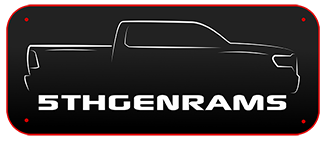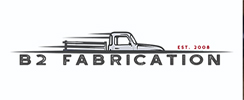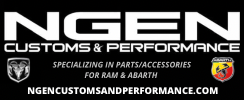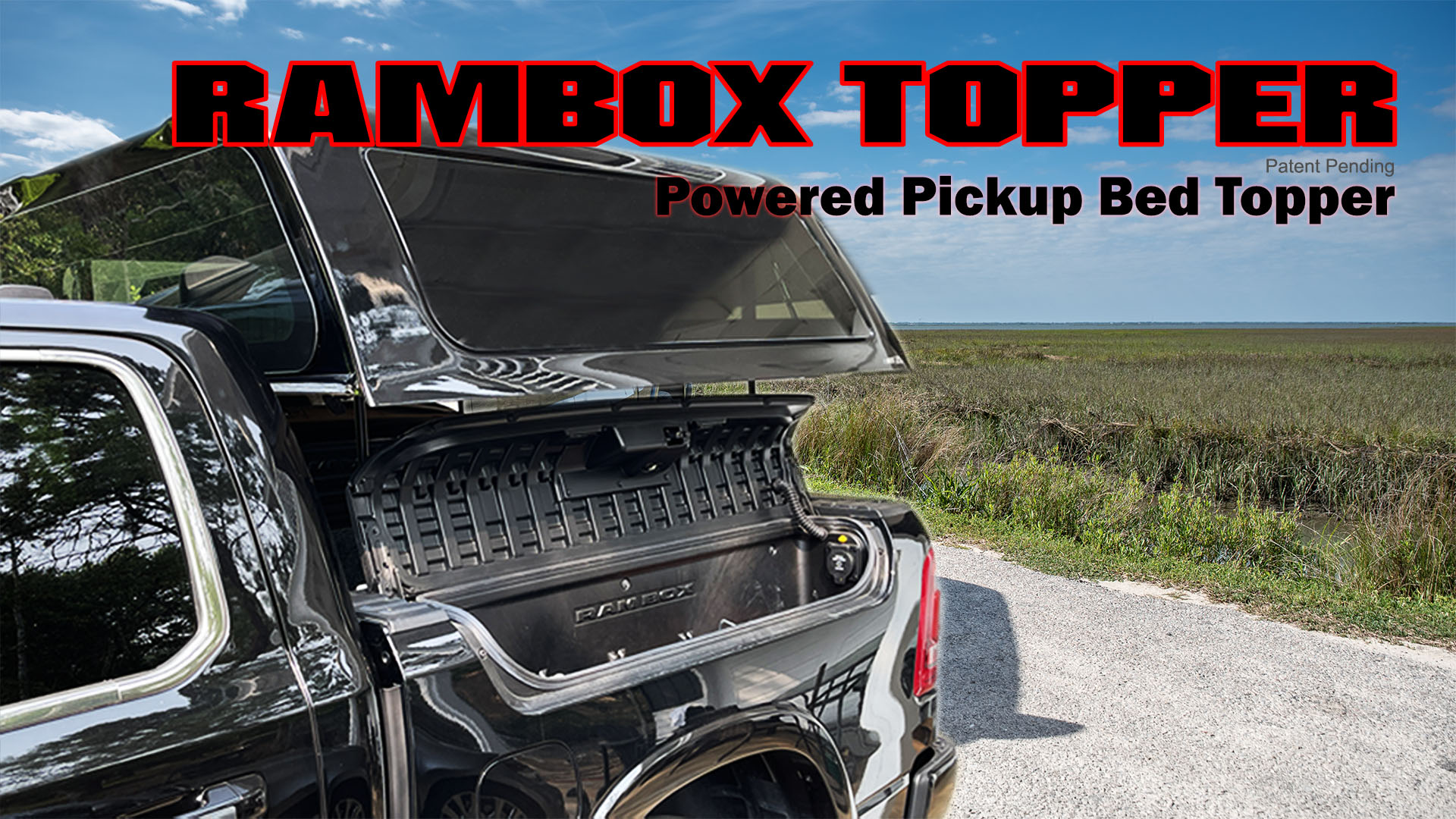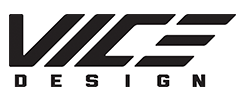It’s a common temptation — your halogen headlights burn out, you see a cheap “LED upgrade kit” online, and the promise of brighter light and modern style sounds great. But installing
LED bulbs into halogen housings is
not the right way to upgrade your lighting, and here’s why.
1. Halogen housings are engineered for the
filament position and light pattern of a halogen bulb.
LED chips emit light differently — from flat surfaces instead of a pinpoint filament — which changes the beam shape.
Result:
poor light focus, excessive glare, and scattered output that can blind oncoming traffic while giving you worse road illumination.
2. It’s ironic, but many “upgraded” LED retrofits actually reduce usable light on the road. The hotspot moves, cutoff lines blur, and much of the light is wasted above or to the sides instead of where you need it —
right in front of your vehicle.
3. In most regions (including the U.S. and EU), it’s
illegal to install LED bulbs in housings not designed or certified for them.
Only complete headlight assemblies that are
DOT/SAE or ECE compliant for LED use are street-legal. Retrofit bulbs void that certification and can lead to inspection failures or fines.
4. Halogen housings rely on heat from halogen filaments to stay dry and prevent condensation. LED bulbs run cooler at the lens but hotter at the base. Poorly designed retrofits can
overheat wiring or melt connectors due to inadequate cooling or improper fit.
5. Misaligned or overpowered LEDs cause intense glare that blinds oncoming drivers — especially at night or in rain. You might think your lights look “brighter,” but in reality, you’re reducing everyone’s safety, including your own.
If you want LED performance, look for:
- A factory LED headlight assembly designed for your vehicle, or
- An aftermarket projector conversion kit properly engineered and aimed for LED emitters.
That ensures correct optics, compliance, and safety for you and others.
